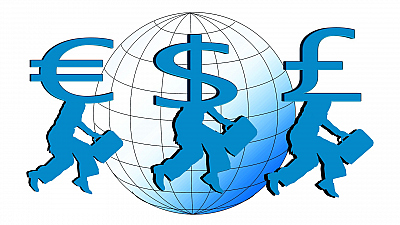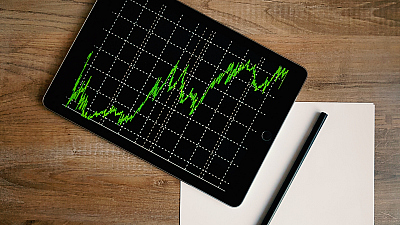The market price of an option reflects the probability of it to be in the money at expiry and depends mainly on three factors:
⇒ The relationship between the strike and the current price of the underlying asset. The more an option is out of the money, the less likely it is to be in the money at the expiry, so the current market price is lower.
⇒ Volatility of the market. The greater the volatility of the market, the more likely the option is to be in the money at expiry. Therefore, the options have higher prices when the underlying asset is with higher volatility.
⇒ The remaining time to expiry. The more time there is to the expiry of the option, the more likely the price of the underlying asset is to reach the strike and be in the money.
The impact of these three factors on the market price of the option are analyzed by the so-called Greeks. The most important of them are the following.
DELTA (Δ)
Delta measures the sensitivity of the option price to the price of the underlying asset. It represents the rate of change between the option's price and the underlying asset's price.
The Delta of a call option has a range between zero and one, while the delta of a put option has a range between zero and negative one.
VEGA (ν)
Vega measures the changes in the premium of the option price depending on the market volatility. It represents the rate of change between an option's value and the underlying asset's implied volatility (expected volatility).
A rise in volatility correspondingly increases the value of an option. Conversely, a decrease in volatility affects negatively the value of the option.
THETA (Θ)
Theta measures the changes in the premium of the option depending on the passage of time (time decay). It represents the time sensitivity of an option. Theta increases when the option is at the money and decreases when it is in/out of the money.
Options closer to expiration have accelerating time decay. Long call and long put options usually have negative Theta, while short calls and short puts usually have positive Theta.
GAMMA (Γ)
Gamma measures the rate of change of delta depending on the price of the underlying asset. This is called second-order (second-derivative) price sensitivity. Gamma is used to determine the stability of an option's delta. High gamma values mean that the delta could change dramatically in response to even small movements in the underlying asset's price.
Options that are at the money have higher Gamma and options that are in/out of the money have lower Gamma. Gamma values are lower when the date of expiration is further away and increase as the expiration approaches.
RHO (ρ)
Rho measures the sensitivity of the option price to the interest rates. Rho has the highest values for at the money options with long time until expiration. Call options price generally rises as interest rates increase and put options price generally decreases as interest rates increase. Call options have positive rho, while put options have negative rho.




